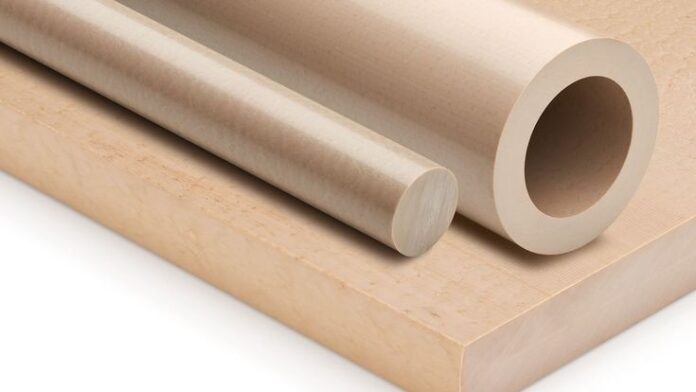There are many types of plastic out there, and two familiar names are PPS and Ultem. While both plastics come in different variations, they can be used for the same projects and often compete against each other in terms of selling prices. Raw Plastic Supplies offers both plastics in a number of sizes, but the question is: what are the differences between PPS, Ultem 1000, and Ultem 2300?
What’s the difference between PPS plastic, Ultem 1000, and Ultem 2300? And why are there so many types of plastics that end with “-PPS”? The very best way to find good knowledge about a topic is by reading a comprehensive comparison article. The one thing that I have always done right when it comes to products is to not rely solely on the information provided by the website or manufacturer. While their opinion may be well informed, it’s important to know what other people have to say as well.
Ultem 1000 and Ultem 2300 plastic
The Ultem 1000 grade is a general-purpose grade. It is commonly used for injection molding and extrusion applications. It has good strength, stiffness, and impact resistance properties. The Ultem 1000 material has a relatively low viscosity, which makes it easy to process using injection molding equipment. This grade is molded using conventional methods. The material can be post-processed with acetone vapor annealing for increased strength if desired. Typical applications include automotive component parts, medical devices, consumer products, sporting goods equipment, and industrial components. To talk about all their PEI plastic properties, for machining usage, please contact Ultem 1000 rod supplier for the material.
The Ultem 2300 grade is also known as “Aerospace Grade”. It has very high strength and stiffness properties. It has a higher glass transition temperature (Tg) than the Ultem 1000 material so it is not as easily deformable when compared to the Ultem 1000 material. This material also has better toughness properties than the 1000 material but is not as good as the 5500 material. The Ultem 2300 material rod is tougher than the Ultem 1010 material but more brittle. This grade can be injection molded but is typically extruded for the final product.
PPS material
PPS plastic is a polyphenylene sulfide (PPS) polymer with an excellent balance of properties. It is commonly used in injection molding and offers high-strength, high-heat resistance, high chemical resistance, and good dimensional stability. It is often used for automotive components as well as electronics.
PPS sheet plate is a great option for those looking for stiff and hard plastic. PPS is well known for its heat resistance. It has a higher heat resistance than regular ABS but will still deform at very high temperatures. For this reason, it is also recommended for applications that require a tight tolerance fit. The material can be easily polished and is transparent.
Ultem and PPS plastic comparison
What is the difference between PPS, Ultem, and other plastics? If you’re trying to decide if Ultem is right for you, it helps to understand a little bit about what makes it different than other plastics.
Ultem 1000 plastic has a natural color, similar to ABS plastic. It’s rigid and tough, leading many users to opt for this material over other types of filament. Ultem 1000 is less likely than other plastics to warp or curl during the 3D printing process.
PPS plastic is a very durable engineering thermoplastic. It’s easy to mold and can withstand extreme temperatures. Many 3D printing enthusiasts find that Ultem works better than PLA or ABS for high temperatures (such as those required for 3D printing).
Ultem 2300 is an opaque black material that adds strength and durability to your printed objects. It’s also resistant to chemicals like oils and fats so it’s ideal for kitchen utensils or other tools that come in contact with food.









![Anso FG Reviews: UPDATED 2024 [ansofg.com] Anso FG Reviews UPDATED 2024 [ansofg.com]](/wp-content/uploads/2023/12/Anso-FG-Reviews-UPDATED-2024-ansofg.com_-100x70.png)








